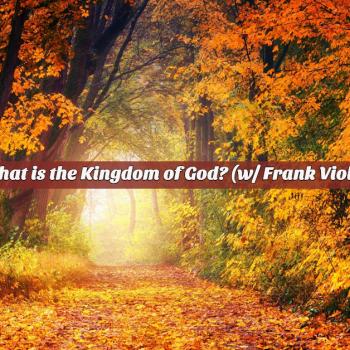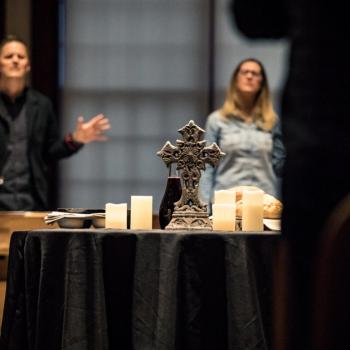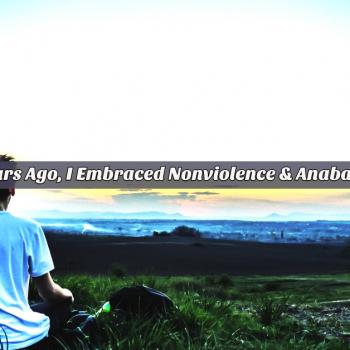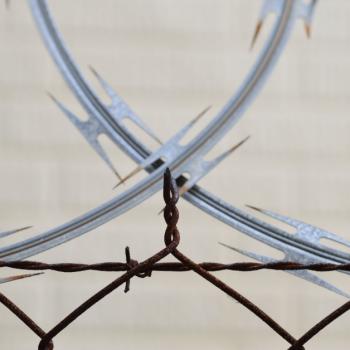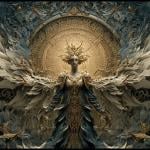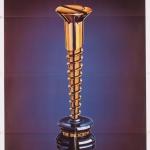
“They are the most wonderful mystery, body and blood.”- Gilead, Marilynne Robinson
I remember the first time I took Communion at the Anglican church that I now attend. It was a revelation to me. It was a grave, joyful matter, and as I swallowed my bread dipped in wine I felt blessed by that bread and wine in a way that I never had before. It was more than just a way to remember, charged with a certain energy because it was being taken seriously as a sacred symbol.
Why hadn’t I ever experienced this before? Was it because my previous church was so afraid of appearing Catholic that we didn’t ascribe any significance beyond remembrance to Communion or is it a symptom of a deeper problem in many churches? Sometimes it seems as if there is a fear in the Church of using art or symbols that we don’t understand or can’t control because we don’t know what they will reveal to us. It seems to me that a lot of churches and Christians have carved out a canyon between art and symbolic actions and church and Christianity and then burned the bridge that spans this gap.
We have art and symbols to point us to deeper things. We have church and Christianity to point us to deeper things. It seems to me as if they are on the same team. Art, as mystic poet Kahlil Gibran puts it, is “a step in the known toward the unknown.” Good art can transcend the here and now and touch our emotions in ways that words can’t. Art, like God and his ways, is a mystery and that’s why it can show us God. It reveals things hidden and sometimes hides things already revealed forcing us to look deeper.
Another thing art and symbols do for our faith is to ground it in its sometimes forgotten physicality. As the great Creeds and Paul reminds us in 1 Corinthians 15, the Christian’s greatest hope is the bodily resurrection, therefore making the physical presence of the body very important. The symbol of Communion or making the sign of the cross, by involving our body, reminds us that the Christian faith is a faith that radically affirms our physical nature as being a good creation of God. There is no Gnostic split between spirit and flesh in Christianity. This is constantly reaffirmed when we taste the bread and wine and know that they speak of a deeper reality, of Christ’s body and blood. Our physical senses, by means of a physical symbol, are drawn deeper in a spiritual reality.
These things are mysterious to be sure. How can something as simple as bread and wine be transformed into something that puts us in touch with the all-powerful God of the universe? How can a painting, sculpture, book, song or movie uncover our deepest fears and dreams? Art is a mystery and God is often a mystery, even though we would like Him to be less of one. Sometimes the Church loses sight of God’s mystery. God has not revealed everything about Himself to us, and we will never know the entirety of God. The mystery is to be embraced, not shunned. The search for answers is often what keeps us alive.
————————————————————————–
Carl Laamanen enjoys spending his time watching good movies, reading good books and listening to good music. He also enjoys singing hymns and talking about God. He blogs about faith and art.


